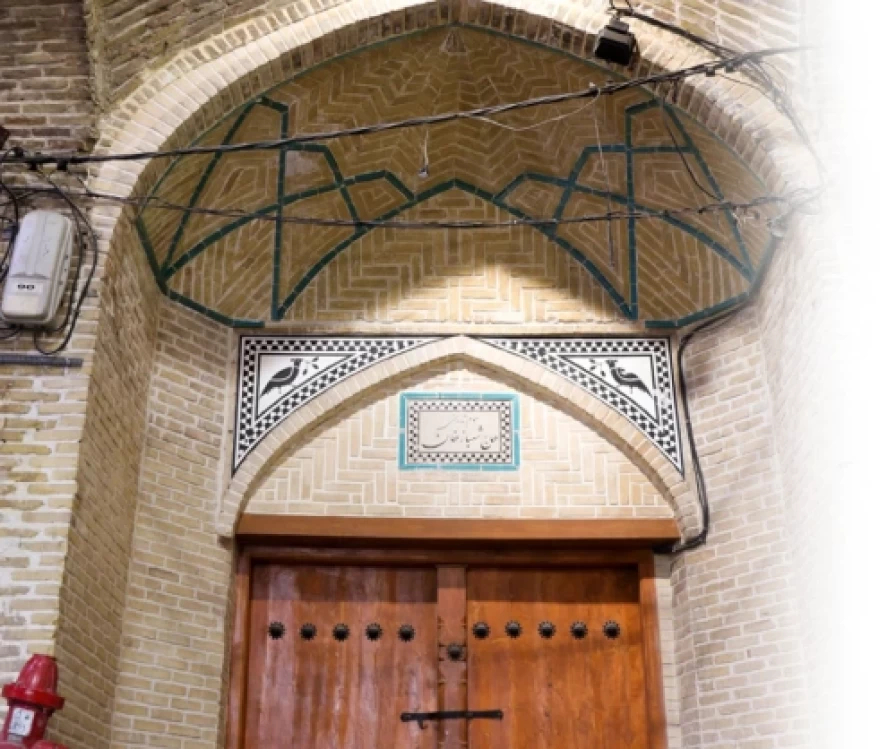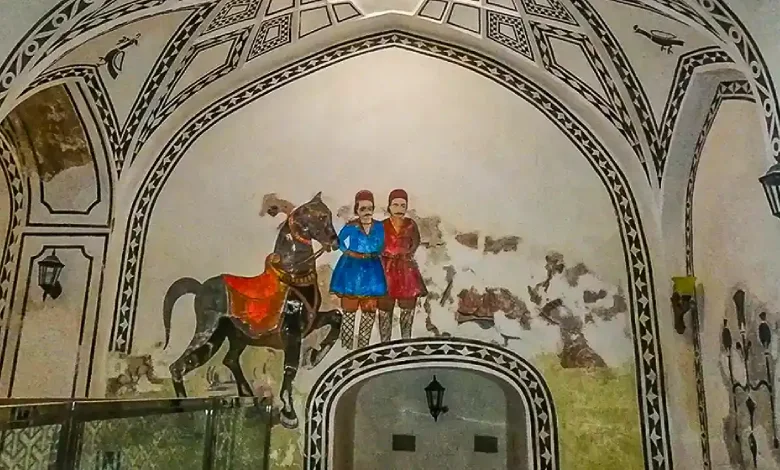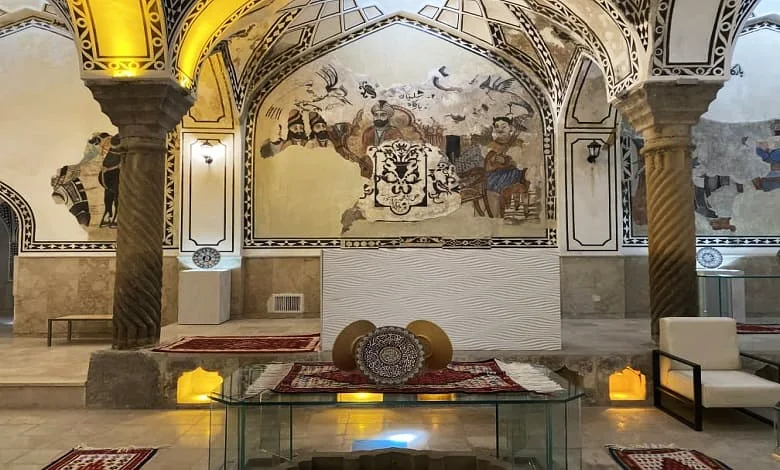
Haj Shahbaz Khan Hammam





Haj Shahbaz Khan Bathhouse
The Haj Shahbaz Khan Bathhouse of the Kalhor tribe, dating back to the Qajar period, is located in Kermanshah, on Modarres Street, within the historic core of the city and along the traditional bazaar. This monument was officially registered as a national heritage site of Iran on January 2, 2008, under registration number 20495.
The bathhouse was built in 1817 AD by the order of Haj Shahbaz Khan Hajizadeh Kalhor, son of Manouchehr Khan Biglar Beigi, the Ilkhan (tribal chief) of the Kalhor tribe, who was one of the political figures and major landowners of Kermanshah during the Qajar era. In Islamic culture, cleanliness holds a highly esteemed place, as purification is a prerequisite for performing religious duties such as prayer. For this reason, constructing and maintaining bathhouses with a defined functional system became a common act of devotion, often undertaken by philanthropists and affluent individuals as a charitable deed and a spiritual investment for the afterlife.
The general layout of traditional bathhouses followed a standard structure, with differences mainly in form, ornamentation, and decoration. Bathhouses were managed by caretakers and attendants responsible for their upkeep and operation. They were open throughout most of the year, closing only briefly for repairs and maintenance.
The size and structure of a bathhouse determined its service system. Larger ones often had separate sections for men and women, built back-to-back, while smaller village bathhouses operated in two shifts—men in the morning and women in the evening—serving the community from dawn until late at night.
Traditional Iranian bathhouses typically included standard sections such as the entrance corridor, sarbineh (changing area) for men and women, private and public hot chambers, intermediate vestibules, khazineh (hot and cold water pools), and a water reservoir.
The heating system relied on burning firewood and dry shrubs, and hot and cold water circulation was based on the principle of communicating vessels, distributed through clay pipes (tanbusheh) across the bathhouse. The central location of the water tanks, furnace (golkhaneh), and fuel storage enabled even heat distribution throughout the structure.
The Haj Shahbaz Khan Bathhouse consists of the sarbineh (changing hall), garmkhaneh (hot chamber), and hot and cold water pools, all representing essential and traditional elements of Iranian bathhouse architecture. The interior domes feature fine plasterwork and intricate muqarnas (stalactite-like decorations), while the sarbineh is adorned with beautiful and distinctive wall paintings. Other parts of the bathhouse also display mural decorations. The ceilings are constructed with five- and seven-part arches, and the domes are of the chaharcheshmeh (cross-vaulted) type.
In 2017, it was announced that, under the supervision of the United Nations Industrial Development Organization (UNIDO) and in collaboration with the Cultural Heritage Organization of Kermanshah Province, the site would be transformed into the Kermanshah Creative Handicrafts House. After extensive restoration and investment, the center was officially inaugurated in spring 2020 by Ali Asghar Mounesan, then Minister of Cultural Heritage, through a video conference ceremony.
Today, the Haj Shahbaz Khan Bathhouse stands as one of Kermanshah’s most remarkable and historically valuable monuments, attracting the attention of tourists, researchers, and experts alike. We hope that one day soon, you will visit Iran, the province of Kermanshah, and the Haj Shahbaz Khan Bathhouse in person. We look forward to welcoming you.
Contact Us
+989054577261